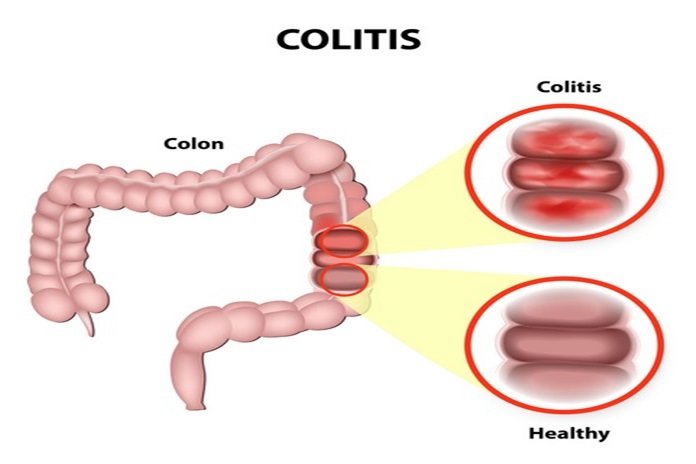Ulcerative Colitis, Symptoms, and Treatment Through Diet
It’s easy to blame it on everyday stress or something you eat when your stomach plays games with you. But if you are regularly plagued with bathroom problems — especially alternative diarrhea and constipation, abdominal pain, and bleeding — it can be a sign of a more severe bowel condition, such as ulcerative colitis.
Ulcerative colitis, or short-term ulcerative colitis, is a type of inflammatory bowel disease (IBD) that may cause long-lasting inflammation, swelling, and ulcers in your large intestine (i.e., colon) and rectum. It can come with debilitating symptoms and even lead to life-threatening complications, so when you experience symptoms, it is important to get to a doctor.
Exact numbers on how common ulcerative colitis is difficult to find, but the CDC estimates that about 3.1 million Americans (or 1.3%) are suffering from IBD (inflammatory bowel diseases), which includes both Crohn’s disease and ulcerative colitis.

IBD is marked by chronic inflammation and ulcer formation in the gut – not to be confused with irritable bowel syndrome (IBS), a recurrent condition that affects muscle contractions in your large intestine. Crohn’s disease and Ulcerative colitis are two main types of inflammatory bowel diseases that share some symptoms, but one major difference is the location of the inflammation and ulcers: Crohn’s disease causes ulceration throughout your digestive tract, while ulcerative colitis is mostly restricted to the colon and rectum. The following are some of the most common and troublesome signs and symptoms of ulcerative colitis

